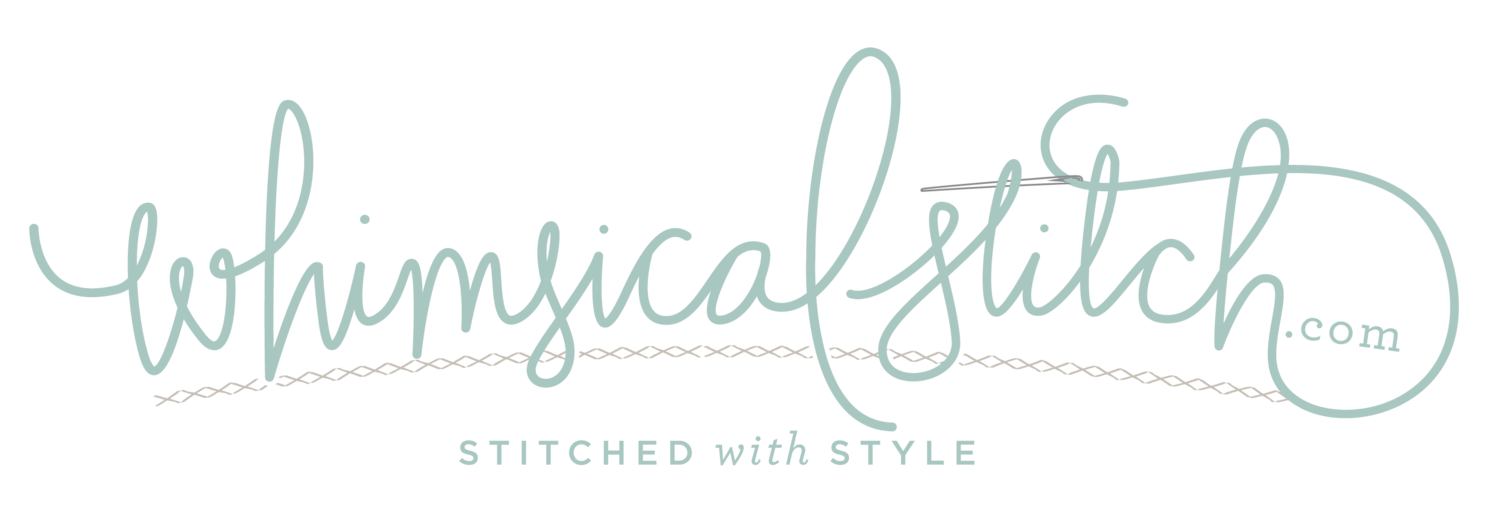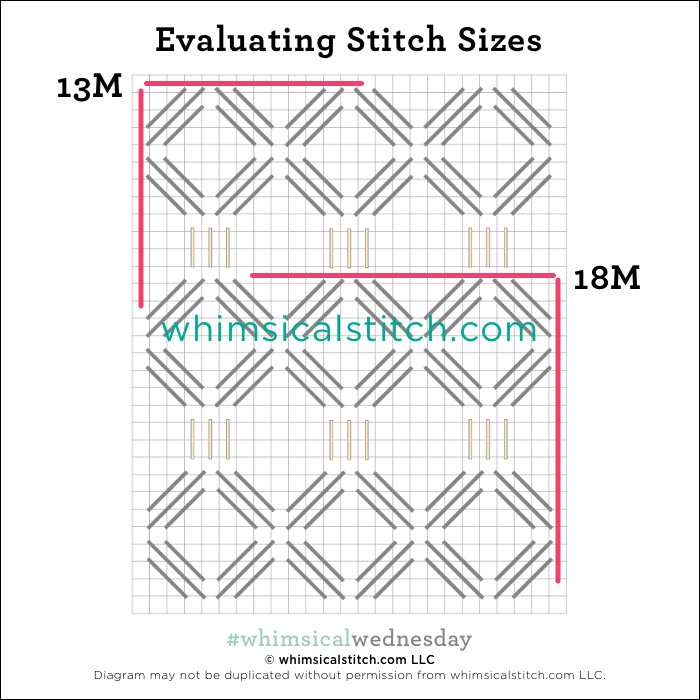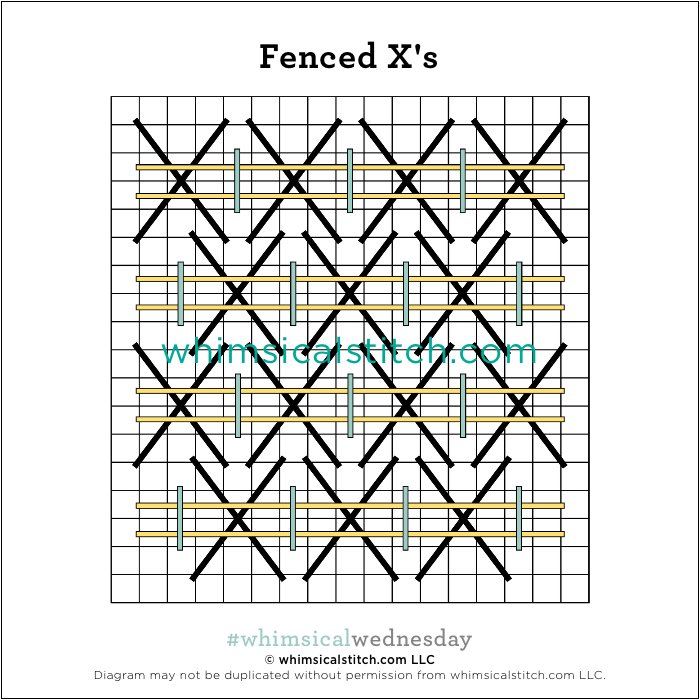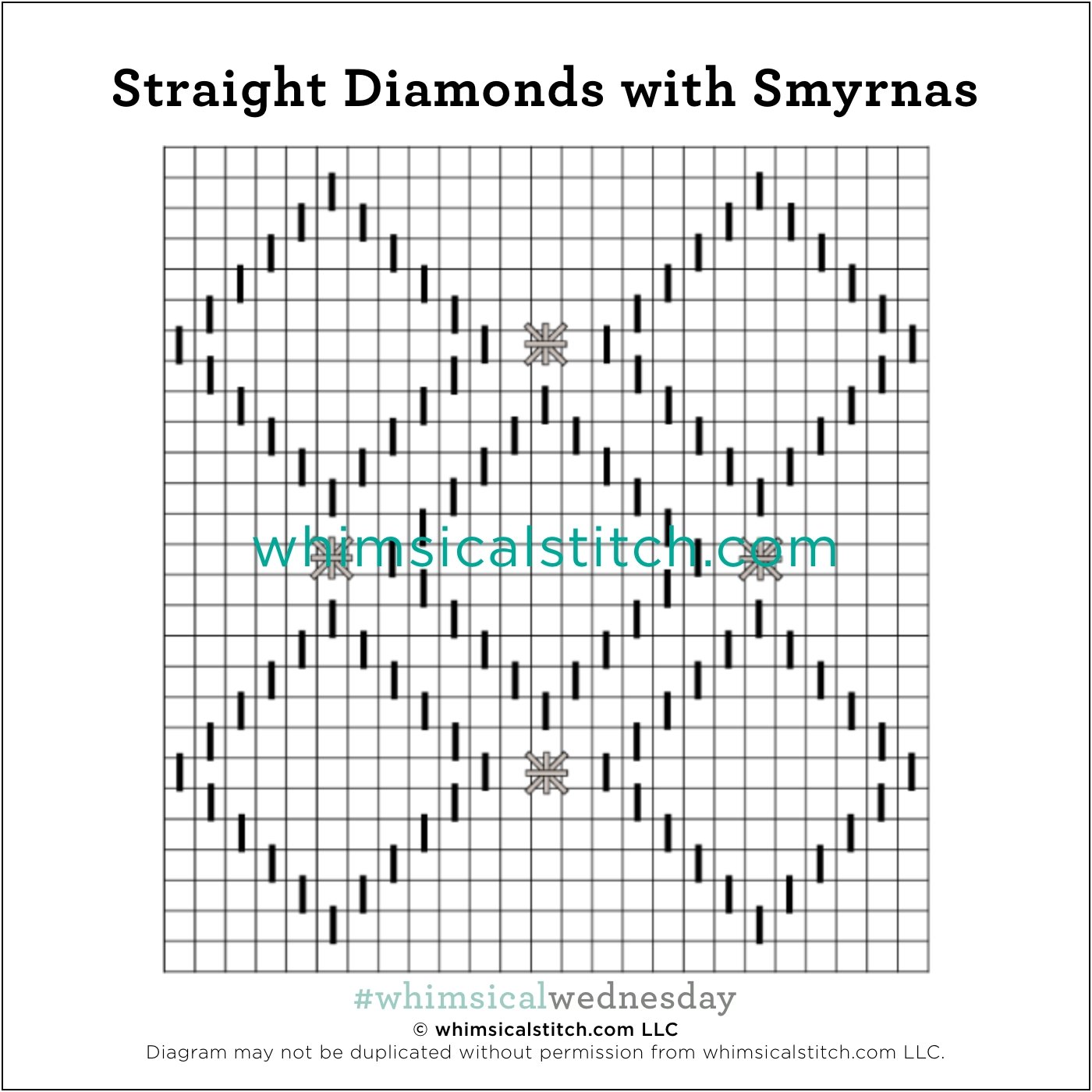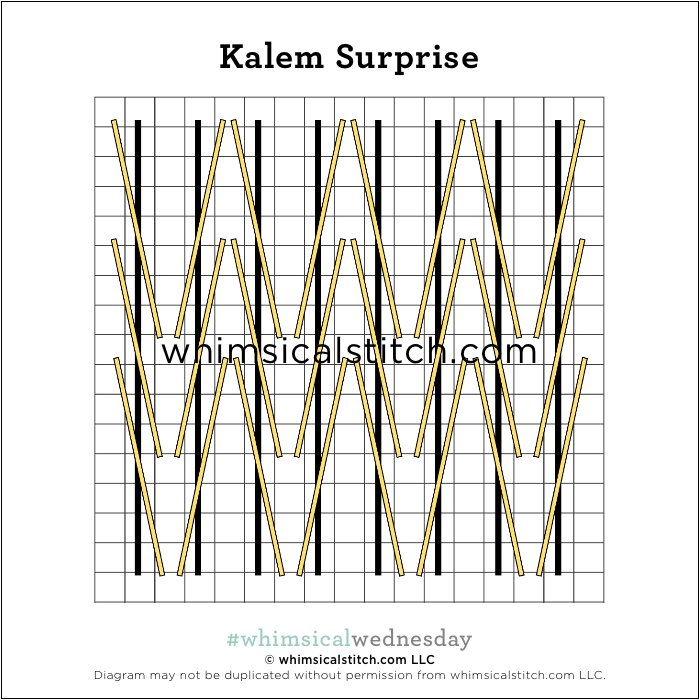I’ve been using scallops a lot lately, and I stumbled across this week’s stitch idea while working on some personal stitching. As I was creating the diagram, I stumbled across a simple change to make it look completely different, yet just as cute.
The stitched sample is me playing with two colors of size 8 DMC perle cotton on 13M. Oops on the dragged thread in the lower left corner. However, that taught me to begin and end each pair of scallops and begin anew with the next.
I can not wait to use the original version with two colors on a background behind a still-life floral or an initial letter or letters. I love the look of alternating colors. Alternating finishes in a rich color would also add a beautiful effect. My go to finishes are matte and metallic, so the first thought is a Vineyard Silk and a size 12 Kreinik Metallic for 13M or 4-5 plies of silk floss and Fyre Werks for 18M.
As for the circles, yum! It’s a more feminine look that will play well as a background or even clothing on an appropriately sized area. That said, this stitch is scalable. All of the stitches in the diagrams above are three rows wide or tall. Consider scaling it down to two rows for a more delicate size.
I hope you have the perfect spot for it. Enjoy it!
As you are auditioning stitches (from any stitch source), count the number of canvas threads on the diagram that match your mesh size. And there you have what an inch of the stitch will look like. Evaluate that against the area where you plan to use the stitch and make your final decision. If you start integrating this step into your stitch selection process, you may be surprised at how many stitches you think are large are much smaller than you realize.
By (sometimes) including this step in my own process, I find I am now integrating much longer stitches than I ever thought I would. I used to think a stitch six rows long was super big. I have very much changed my tune, which has helped me expand my creativity, especially for large-space stitches.
Today’s stitch diagram, along with all other #whimsicalwednesday and #smallspacesunday stitch diagrams, can also be found on a Pinterest board here. Be sure to follow whimsicalstitch.com on Facebook, Pinterest, Instagram, and Twitter.
If you like what you see on this blog, there's more. Mary’s Whimsical Stitches is a series of four books offering contemporary how-to collections of more than 200 stitches (in each volume) for all stitchers, regardless of skill level. All books include updated and sequenced diagrams from this blog, plus a collection of all-new stitches from private lessons and other class projects. Visit here to find a needlepoint retailer that carries my books.
New to needlepoint or looking for a refresher? Please download a handy how-to guide covering basic needlepoint stitches and stitch compensation techniques along with new top-line information on needlepoint materials and tools, how to handle threads, and other helpful needlepoint resources.
whimsicalstitch.com also sells Stitch Guides and Stitch Concepts for Melissa Shirley Designs, Zecca Designs, Sandra Gilmore, Purple Palm, Maggie, and Penny MacLeod, and many more. Click here to see the newest guides and click here to see the entire collection.
I hope you have the perfect spot for this stitch! Please enjoy! Have a wonderful #whimsicalwednesday!
A Note about Diagrams
I use color in diagrams to make them as clear as possible. The primary function of different colored lines is to illustrate a stitch sequence. For example, the layering of colors demonstrates you add them in that order. They can also provide ideas on integrating additional threads (one line for each color). Or, you can use the same thread for all color lines. That's where I encourage you to use your imagination for the space you are stitching!
